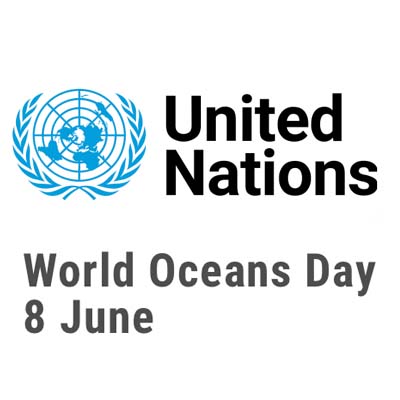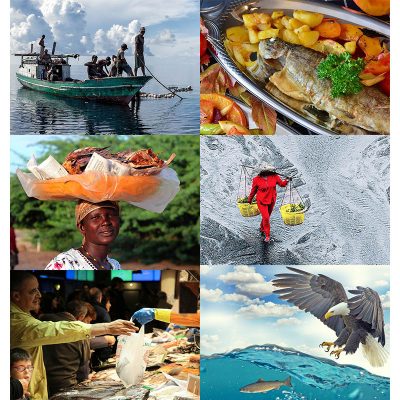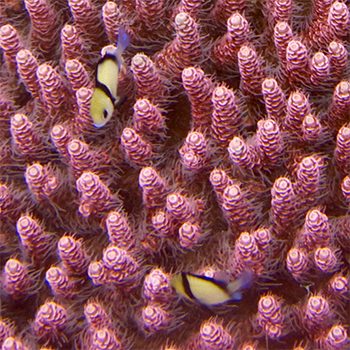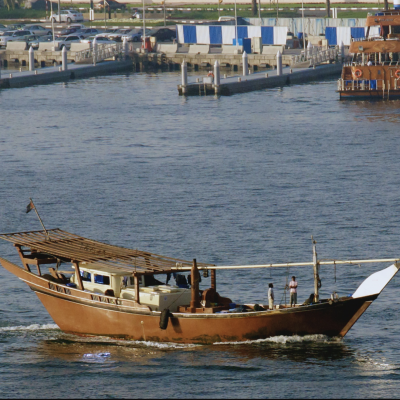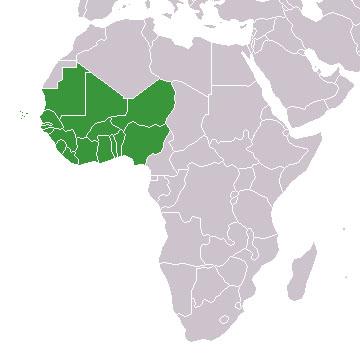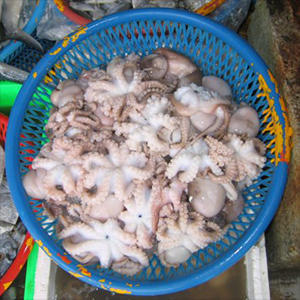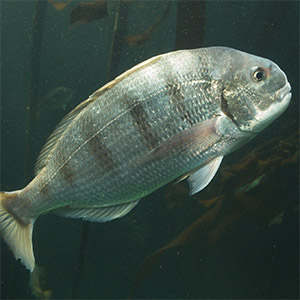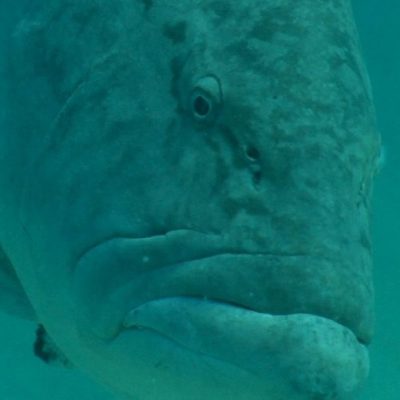“Heading for failure” UN Sustainable development goal for world oceans
New research examined the progress of the UN’s “Sustainable Development Goal (SDG) 14: Life Below Water”, and more than 70% of countries have not achieved a single target so far.
World Oceans Week 2022 – Dr. Deng Palomares
Dr. Deng Palomares discusses how her research spurs collective action for ocean health, and how poverty creates barriers for marine stewardship.
Protecting 30 per cent of the ocean by 2030 would barely impact fisheries
Sea Around Us presents a multi-objective solution that could lead to the protection of 89% of the ocean’s Representative Biodiversity Areas and 89% of threatened species or about 860 species, all while maintaining access to fishing grounds that provide 89% of the global catch.
Towards sustainable, resilient and just food systems and the role of aquatic foods
Video now available for viewing!
Coral reefs are 50% less able to provide food, jobs, and climate protection than in 1950s, putting millions at risk
Global coverage of living corals had declined by about half since the 1950s and consequently, the diversity of species had also declined, by more than 60%.
Small-scale fisheries can back food security efforts in Arabian sea countries
Countries surrounding the Arabian Sea should empower well-managed artisanal and subsistence fisheries to back food security efforts, a new Sea Around Us study suggests.
FCRR – Assessments of marine fisheries resources in West Africa with emphasis on small pelagics
From a training course entitled “Utilisation de la méthode CMSY pour l’évaluation des stocks ouest-africains” held in September 23-27 2019 in Dakar, Senegal.
Popular seafood species in sharp decline around the world
Of the fish populations analyzed, 82% were found to be below levels that can produce maximum sustainable yields. Of these, 87 populations were found to be in the “very bad” category, with biomass levels at less than 20% of what is needed to maximize sustainable fishery catches.
New assessment method reveals many fish stocks are in urgent need of sustainable management
The new method revealed that several fish stocks across oceans are far below internationally agreed minimum levels and in urgent need of sustainable management.
Figuring out total human impact on biodiversity
A new methodology for documenting the cumulative human impacts on biodiversity, dubbed EPOCH – for Evaluation of Population Change – was developed by scientists from Europe, Asia, and North America.

